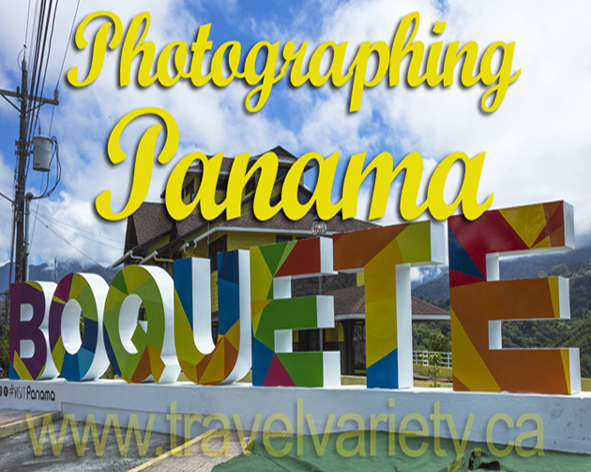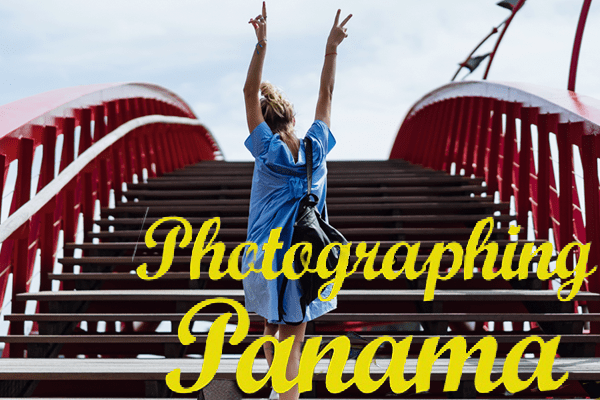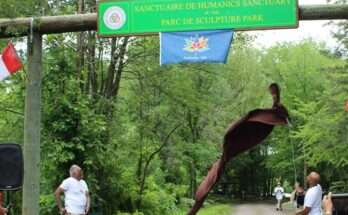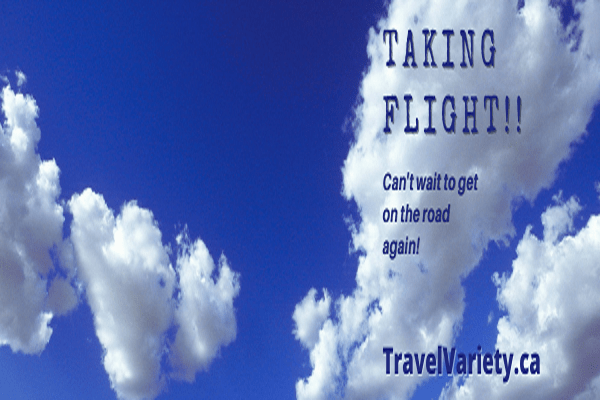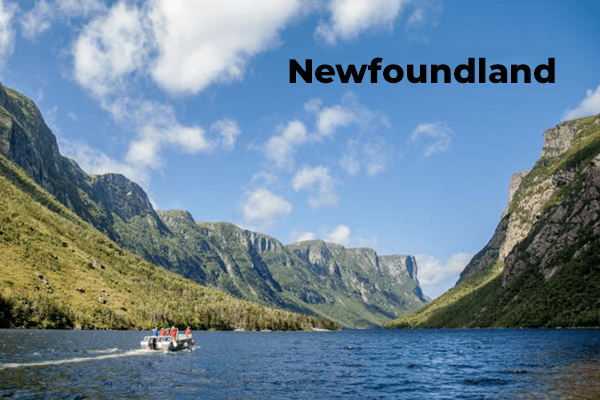The clip-clop of horses’ hooves on a hot, humid March afternoon in the city of David, in western Panama, alerted the gathered onlookers to what they’d been waiting for. Approaching around a bend in the street and headed towards the central square of the city, the first wave of riders, men, women and children, wearing large cowboy hats and colourful shirts and boots made their appearance to a whoop of whistles, cheers and applause from the crowd. This was the annual Cabalgata de David, a noisy, colourful parade of Panama’s farmers and their families – and indeed anyone who loved to ride a horse – through the streets of the city in honour of its patron saint, San José. Cameras at the ready, locals and tourists alike jostled to find the best position to get a good shot of the action.
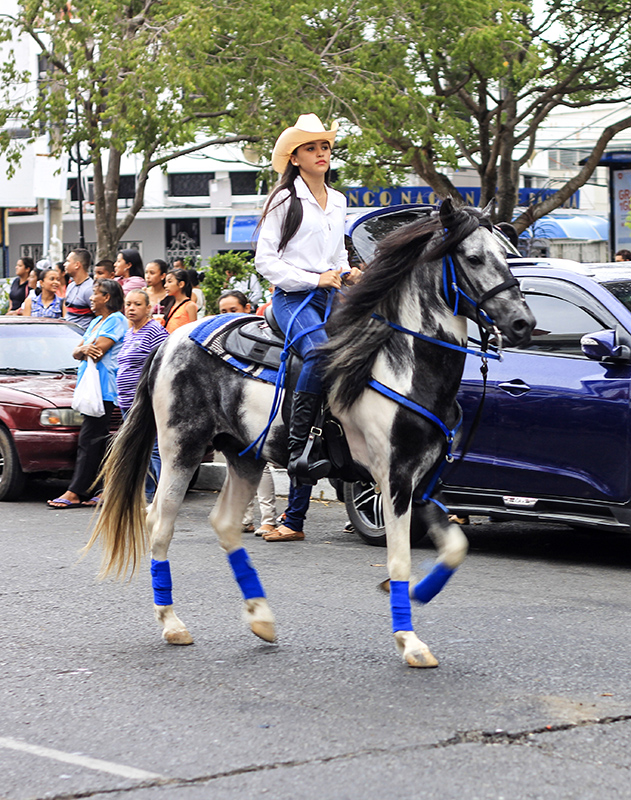
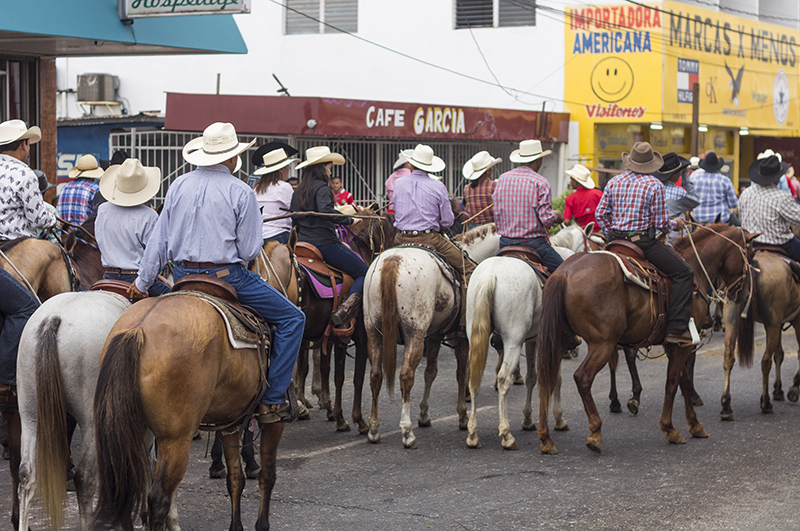
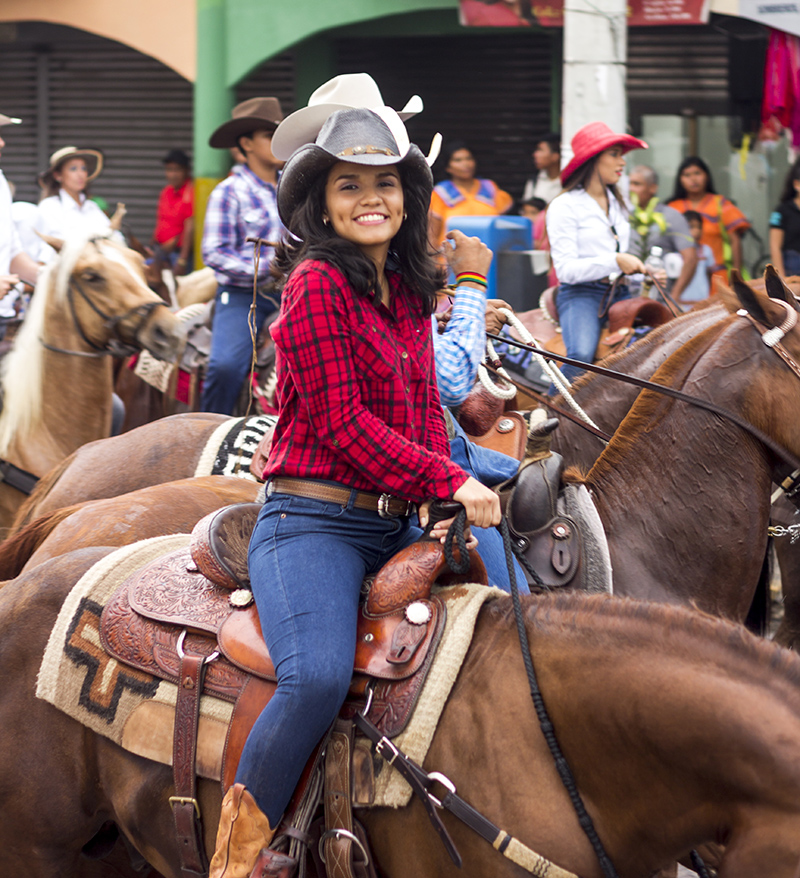
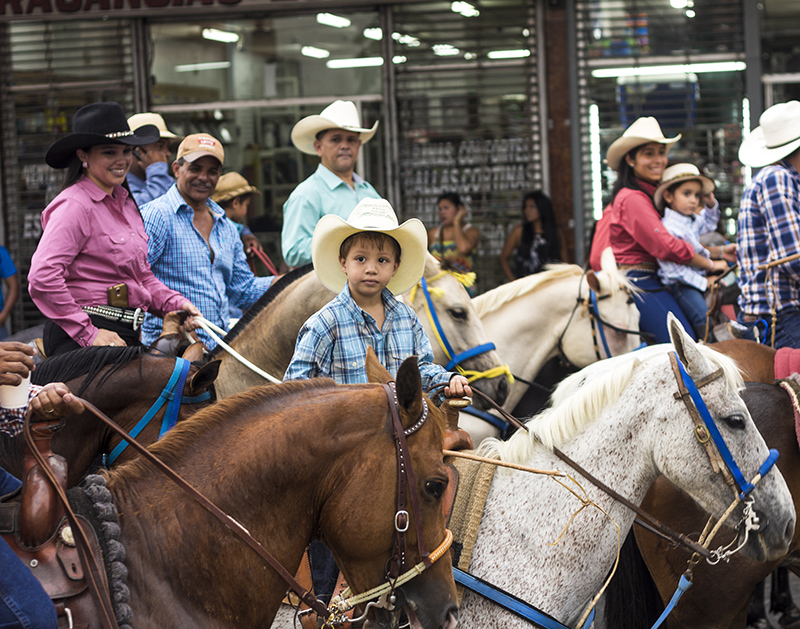
This is just one aspect of Panama – its carnivals and celebrations – that make it a country well worth visiting to create a portfolio of colourful images.
There’s plenty more too! Panama combines colonial cities and modern skylines with quaint mountain towns where Ngabe-Bugle people in colourful clothing live alongside Western expats. A narrow country with a mountainous backbone, Panama boasts endless sandy beaches on the wild Pacific coast and calmer, more laid-back Caribbean resorts on the other, with coffee plantations and cloud forests on the hills in between. As a tropical destination, this small country offers a multitude of subject matter for photographers of all ages and abilities.
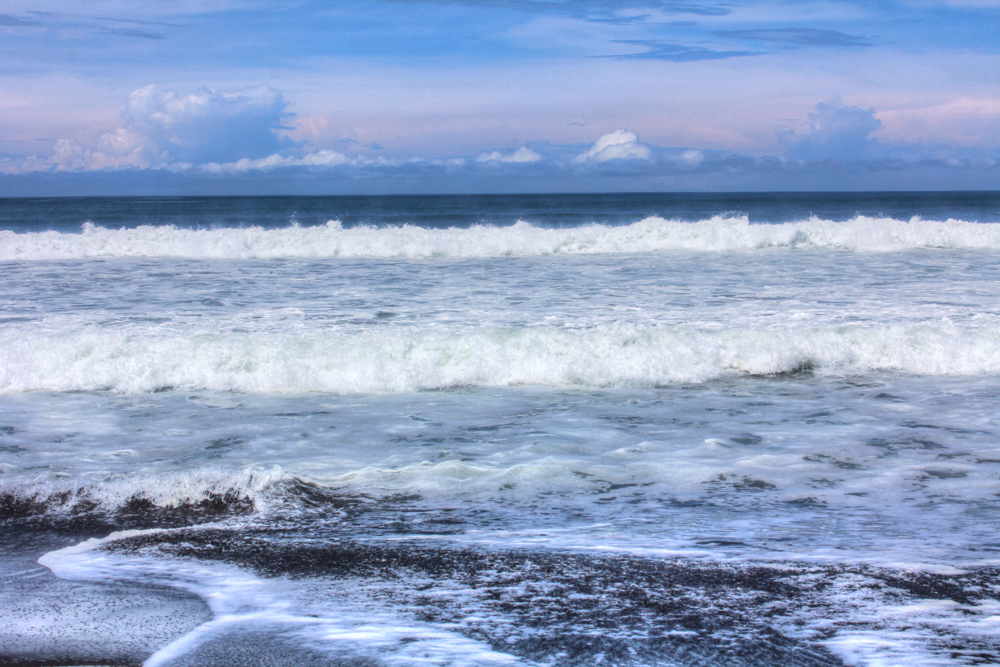
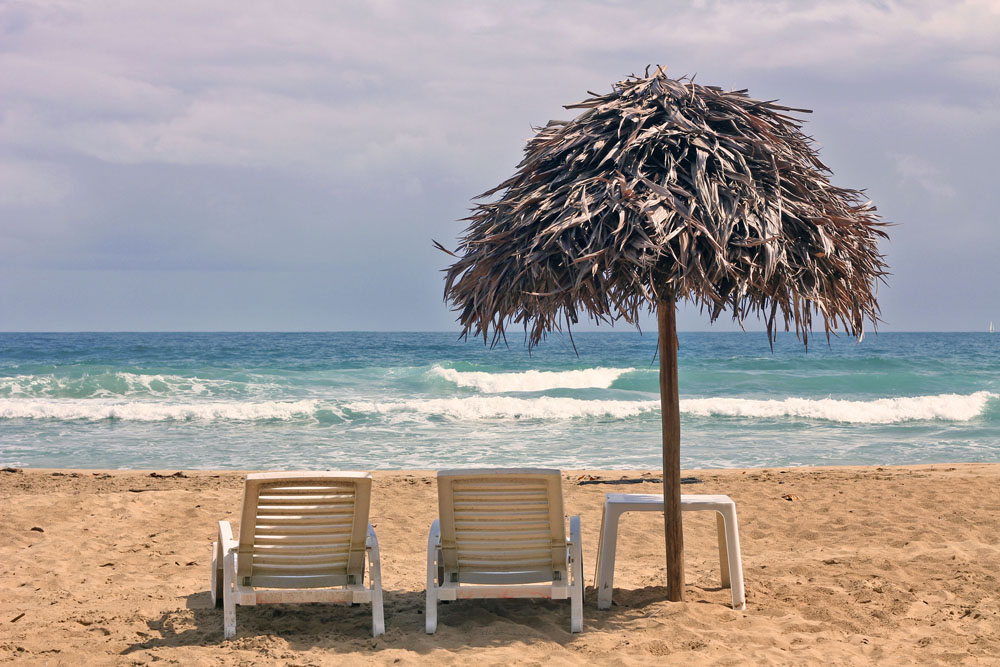
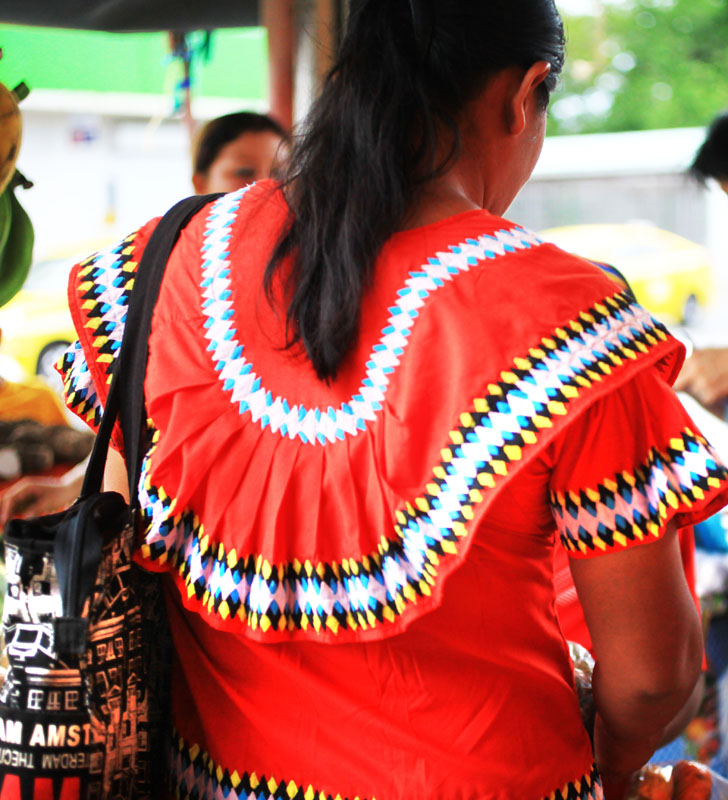
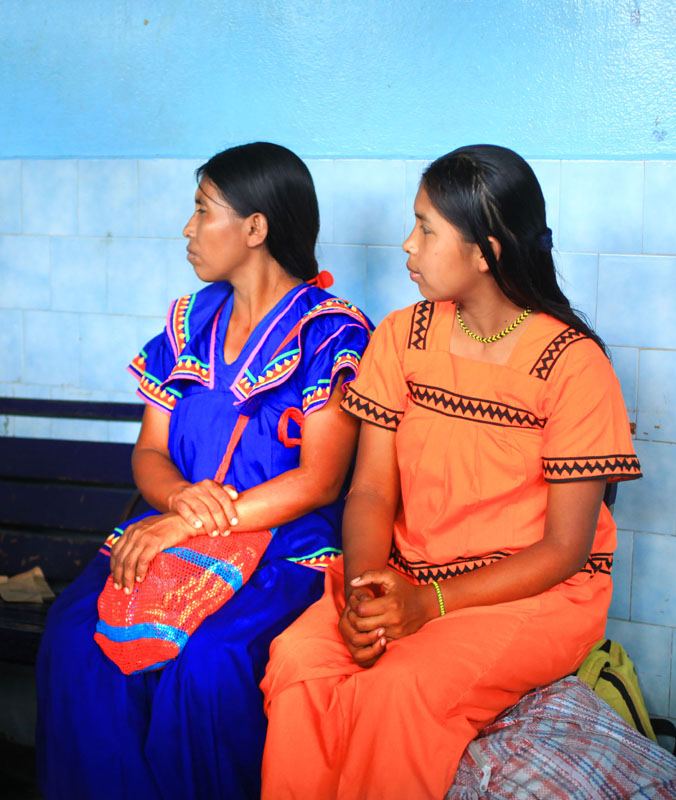
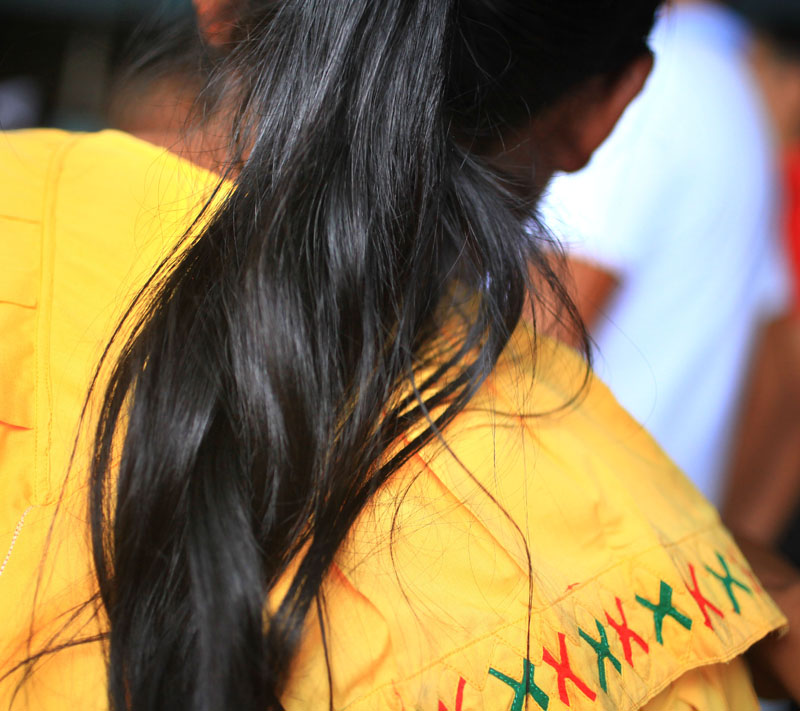
Panama City
International flights arrive at Panama City’s Tocumen airport. A few day’s stay in the city is well worth it, either at the beginning or end of your trip. Hotels and restaurants are plentiful and affordable. Indulge yourself at the luxurious Riande, a stone’s throw from the airport, with its outdoor pool and patio restaurants. Or, if you prefer downtown, the Hotel El Panama on the bustling Via Espana, will provide luxury accommodation at affordable prices in the city centre.
Panama City’s main interests for photographers are the colonial city, known as Casco Antiguo, and the spectacular views of the modern, Manhattan-like skyline from the coastal promenade. Fortunately, both are located within walking distance of each other. The best place to shoot the skyline is from the Mirador del Pacifico park near the famous fish market, itself a short taxi or metro ride from the downtown core (Metro station – 5 de Mayo). From this location, the curve of the bay presents the compact cluster of high-rises face on, with the colourful old fishing boats in the foreground. Overcast skies are often a feature of the city, with the clouds forming a dramatic backdrop to the scene.
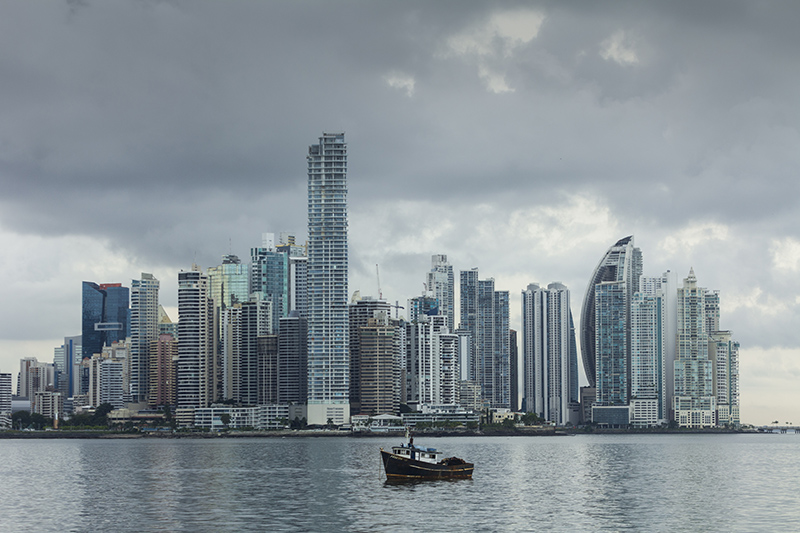
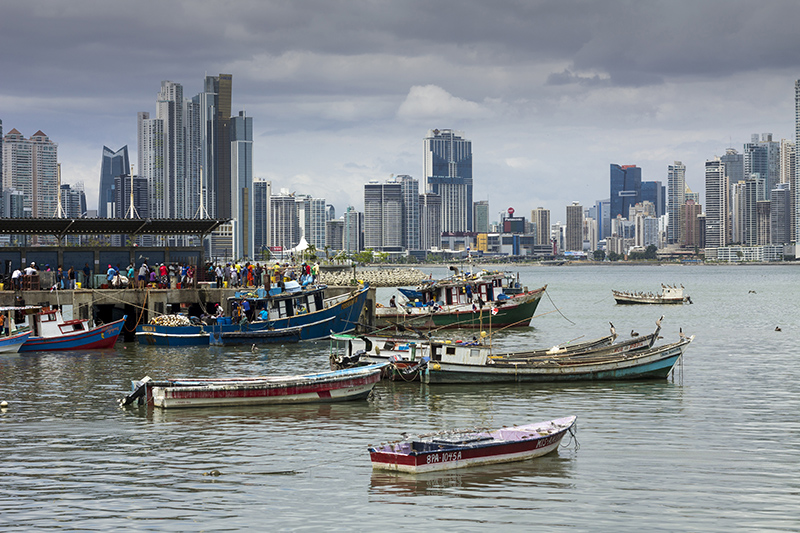
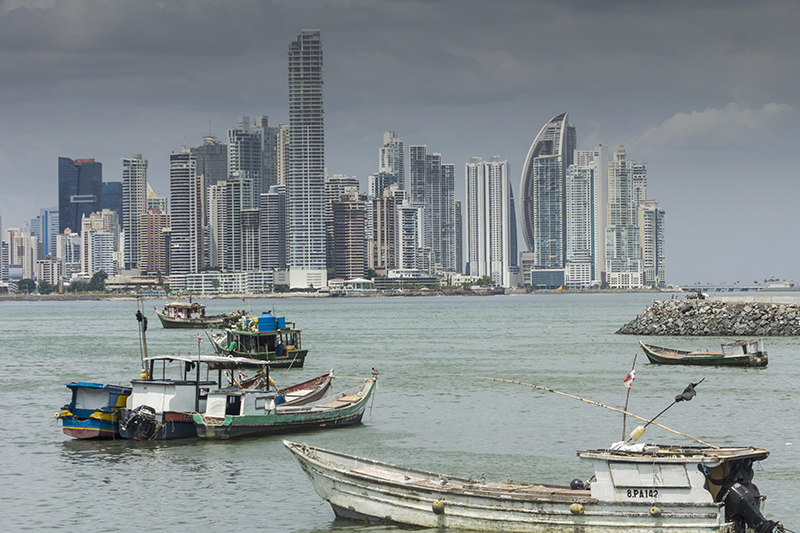
A relaxed 15 minute walk will take you to Casco Antiguo (take it slowly – the humidity is oppressive!) This compact city within a city dates from the 17th century, and was designated a UNESCO heritage site for its elegant historic museums and churches. If you enjoy architecture photography, you’ll love to walk its narrow cobbled streets with their pastel facades and flower decorated balconies. Turning down a side street leads to the unexpected – a wide open square with the broad façade of a cathedral, or a row of tiny coffee shops with doors open and ceiling fans slowly spinning. You’ll catch a whiff of the aroma of Geisha coffee, Panama’s prized brew, inviting you in for a break from the heat. Don’t pass! It’s worth it.

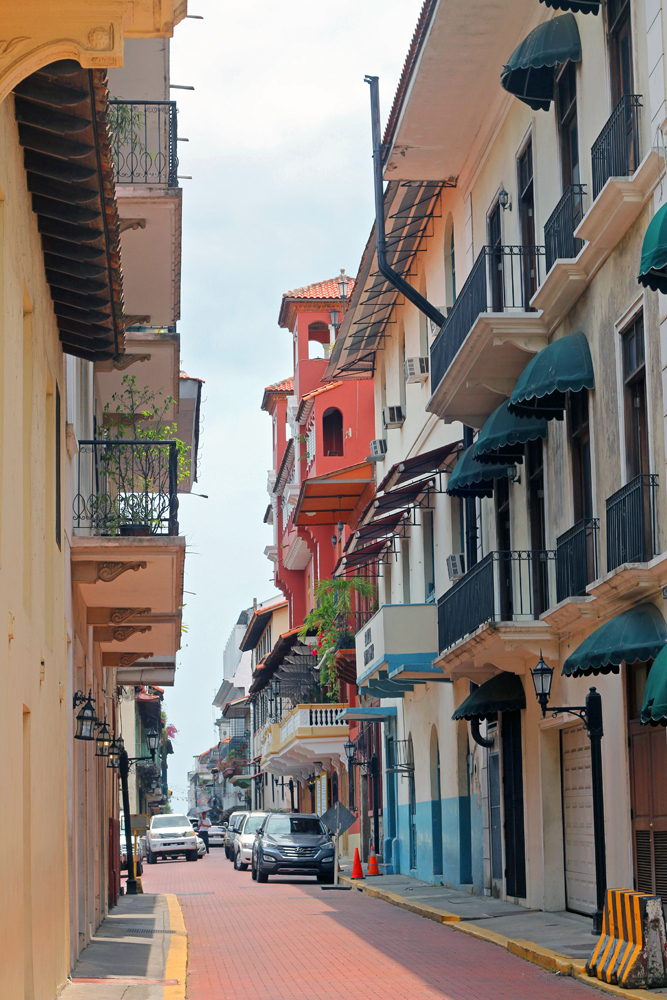
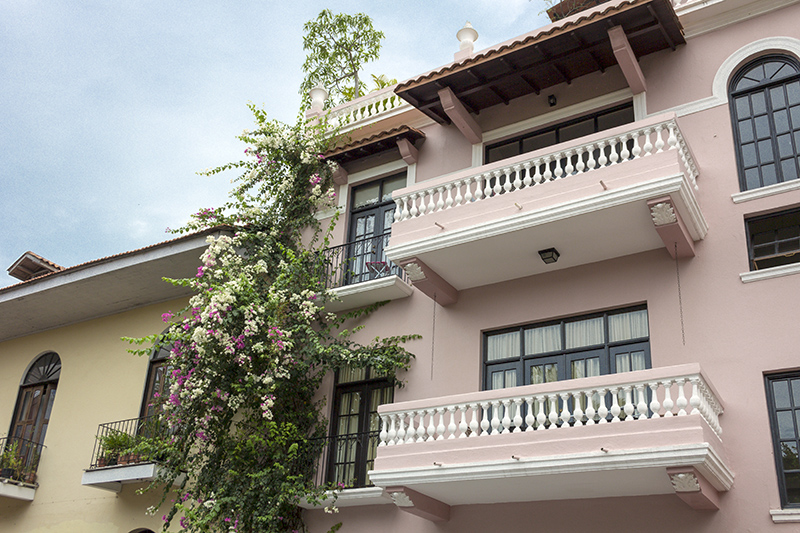
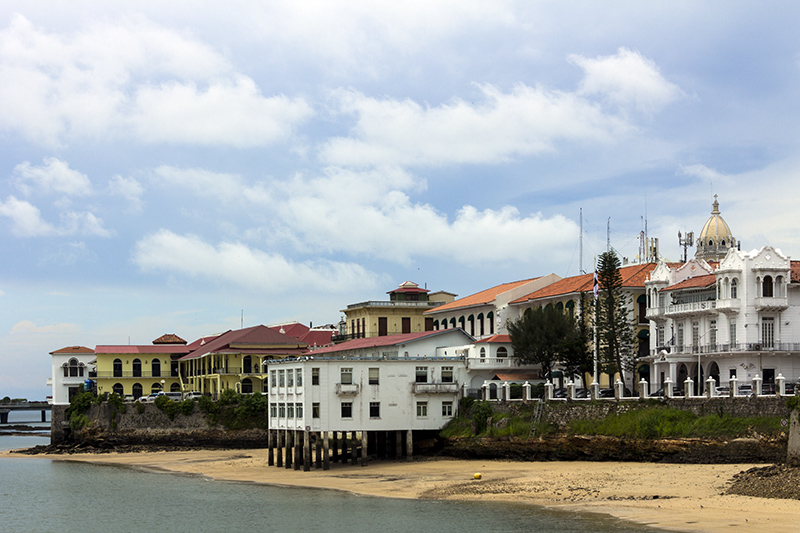
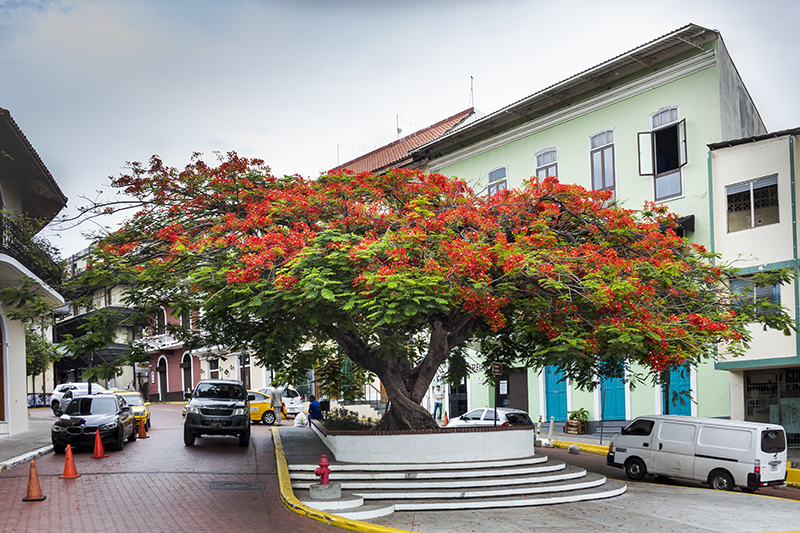
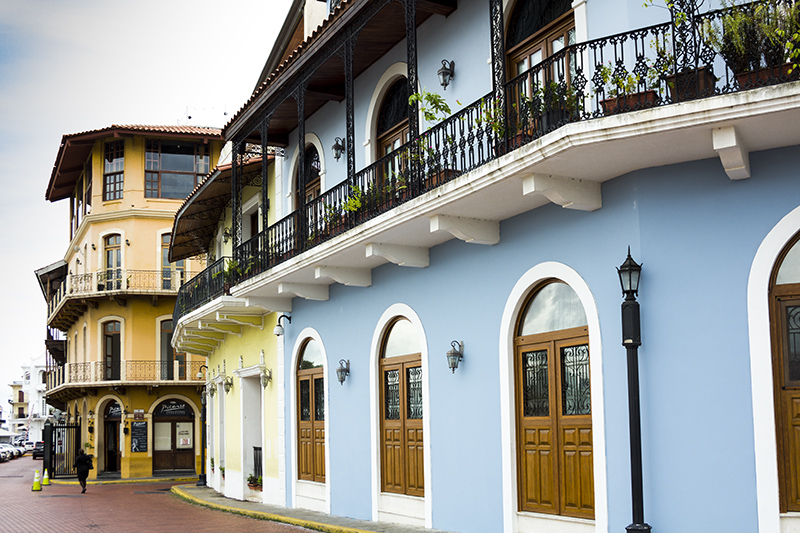
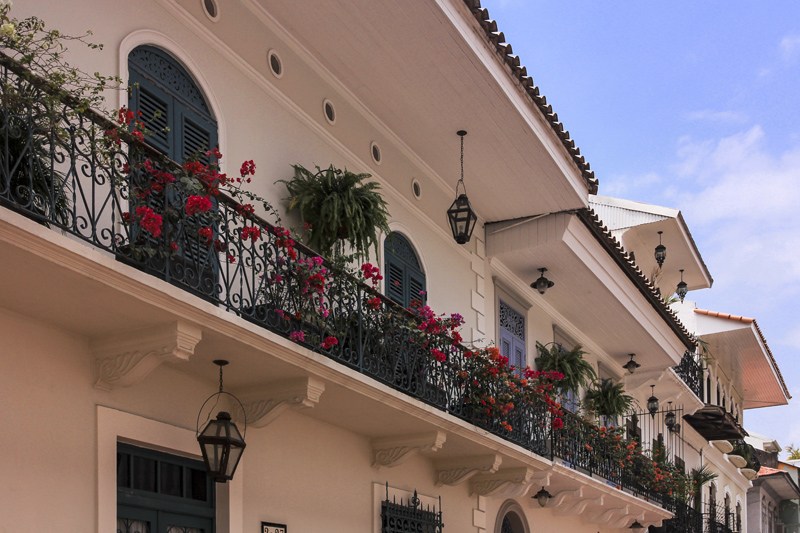
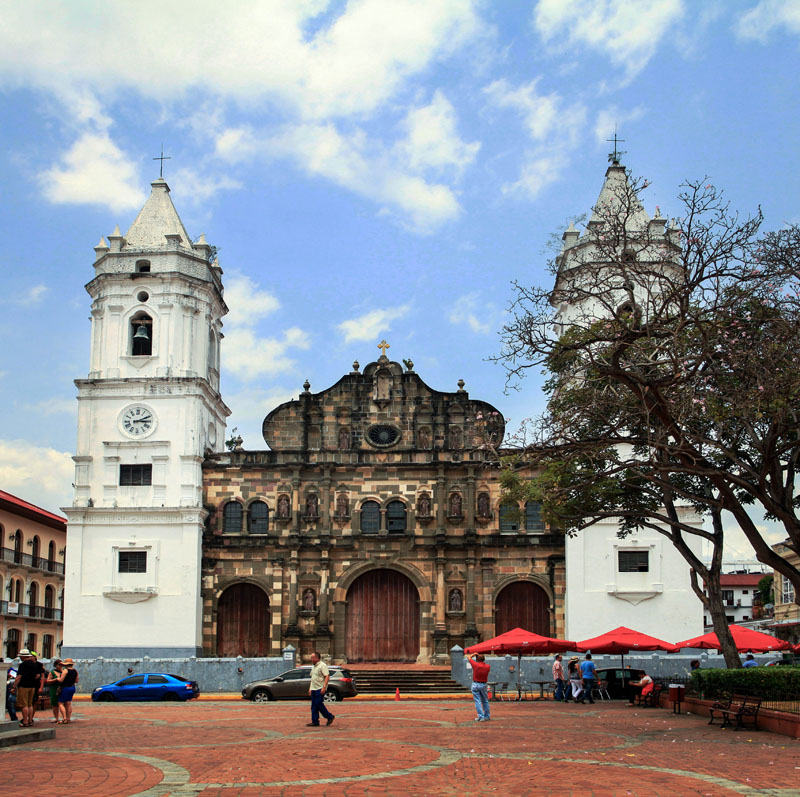
Boquete
One of Panama’s most popular destinations for photographers – and for retirees – is the mountain town of Boquete in Panama’s western province of Chiriqui. It lies at about 1,200m above sea level, on the eastern slopes of the dormant Barú volcano. It enjoys a perpetual spring-like climate, and is set in a valley against a background of deep green forested hills. It’s a place where coffee plantations provide the local cafes with award-winning world class coffee, as well as great opportunities for photographing the beans in various stages and colours of ripening. In the town square, the traditional and the modern exist side-by-side: native Ngabe-Bugle people wait patiently for the local bus, and tourists and expats browse the souvenir shops or enjoy a coffee on an outdoor patio. Join them, and find endless subject matter for people photography in the variety of faces and clothing you’ll see passing by.
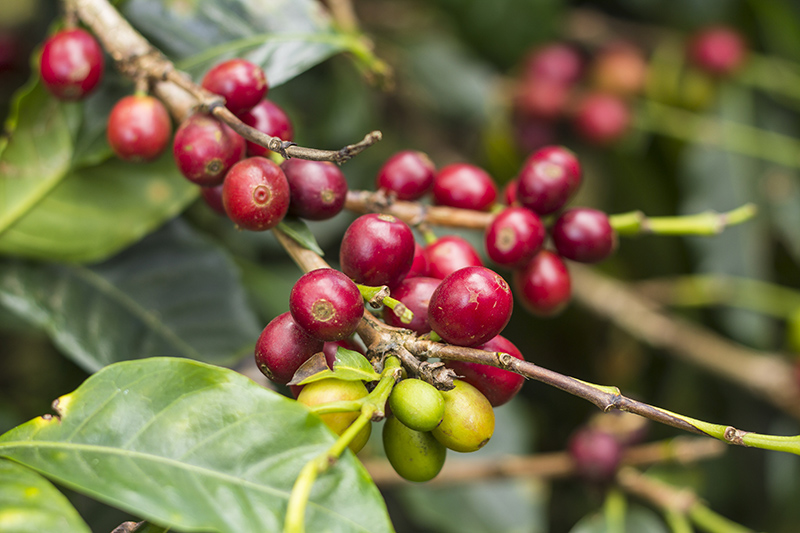
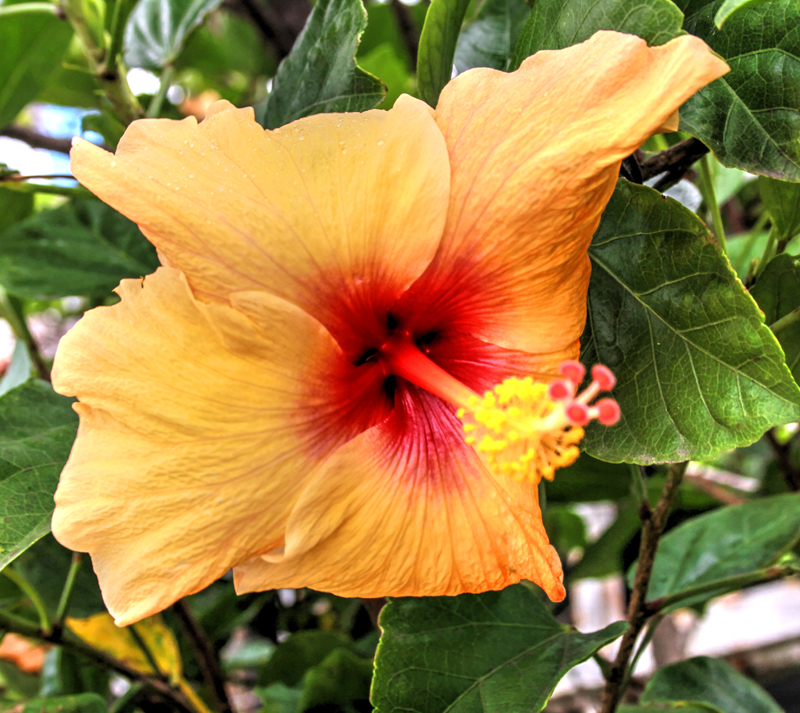
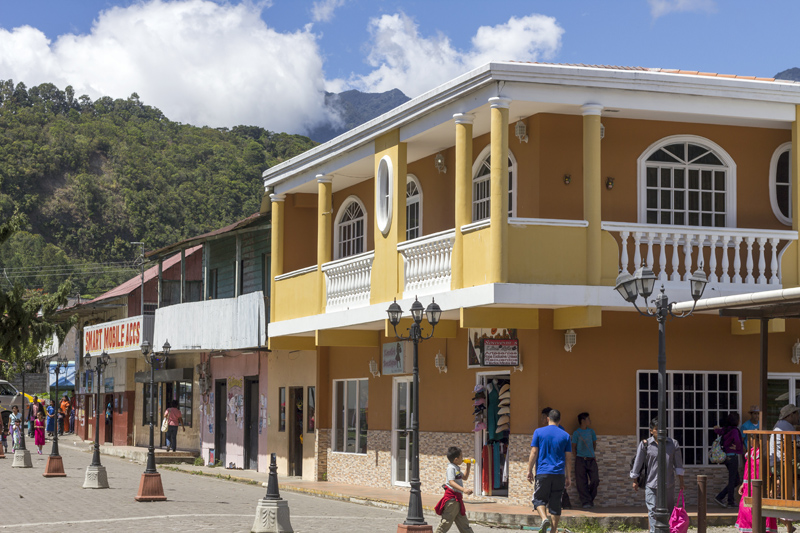
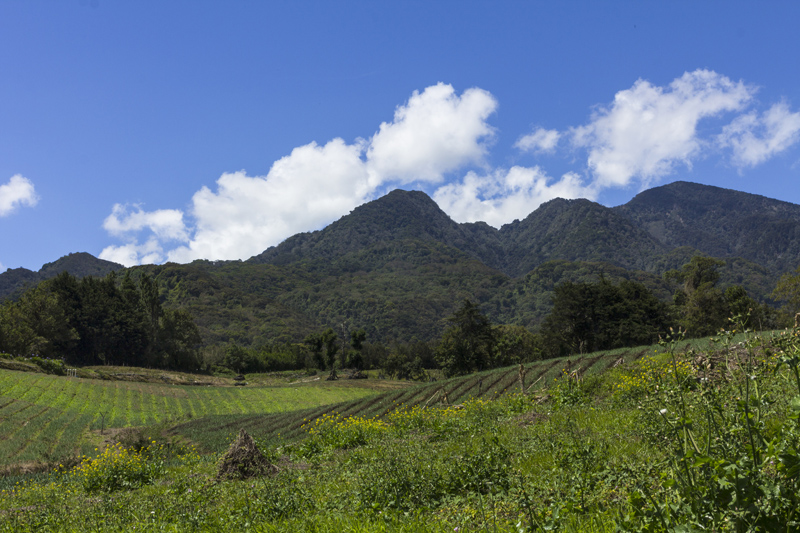
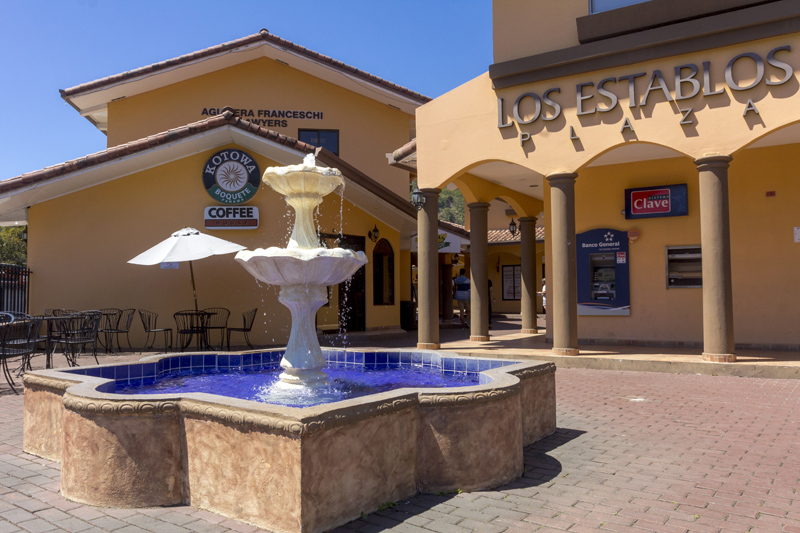


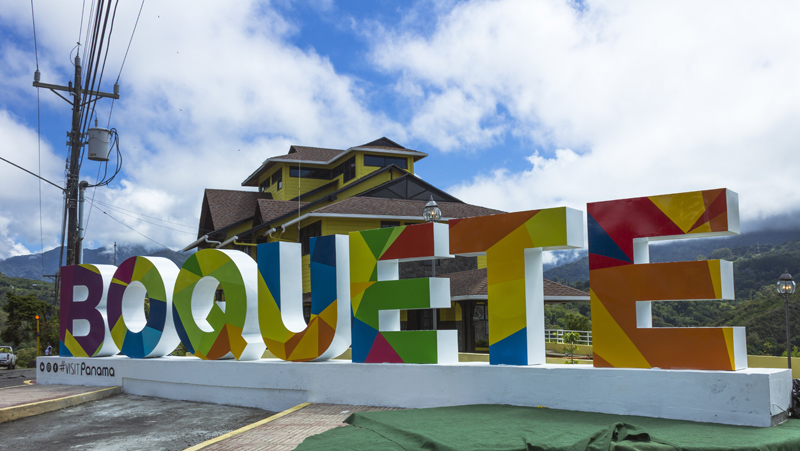
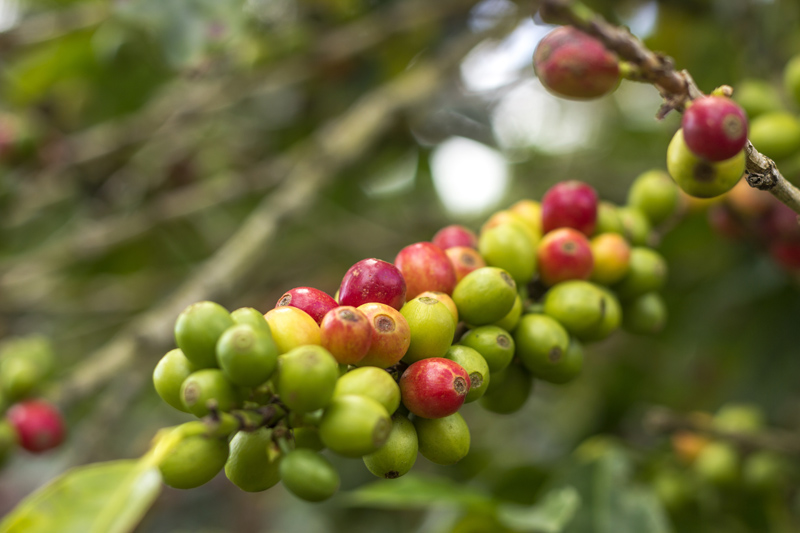
If you take a walk around town, and it IS eminently walkable – you’ll see that Boquete’s flowers are literally everywhere – from cascading bougainvillea on practically every garden fence to lilies, hibiscus and bromeliads in the exhibition gardens by the bridge downtown. Those who enjoy flower photography will find plenty to occupy many hours putting a macro lens to good use!
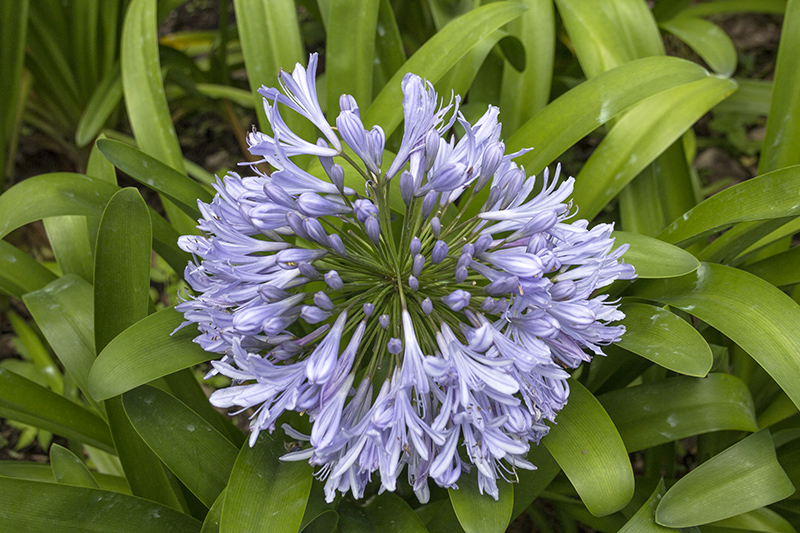
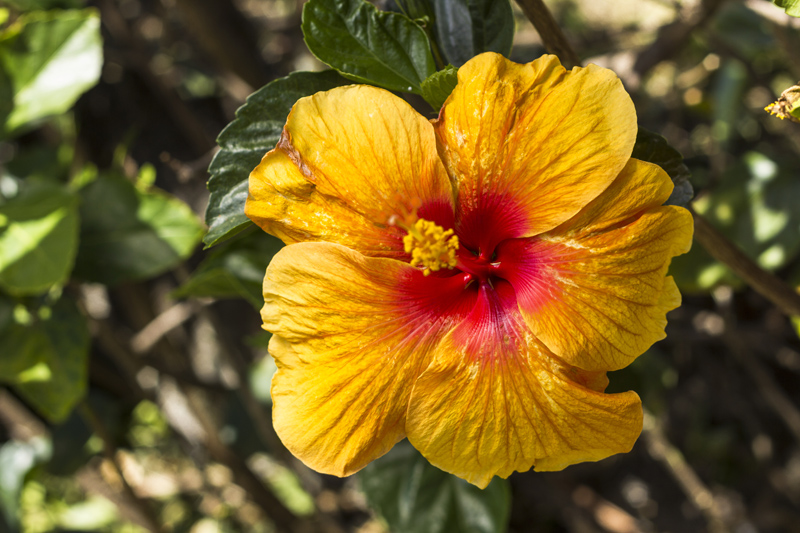
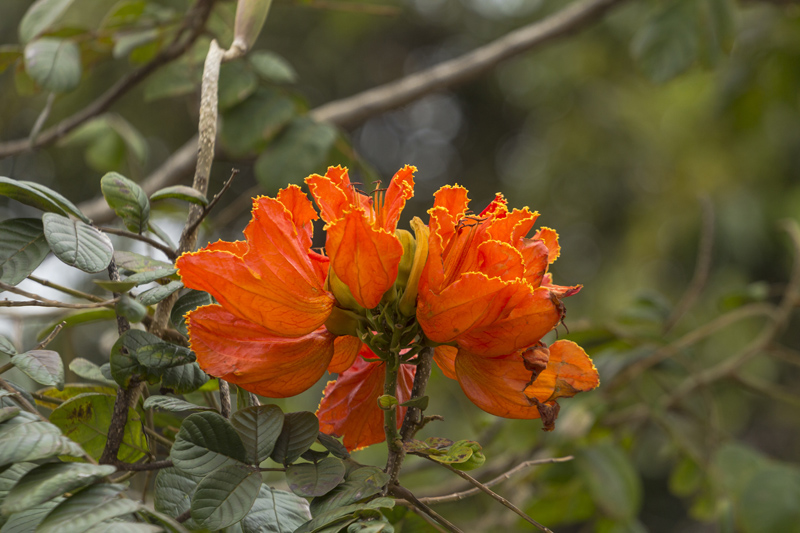
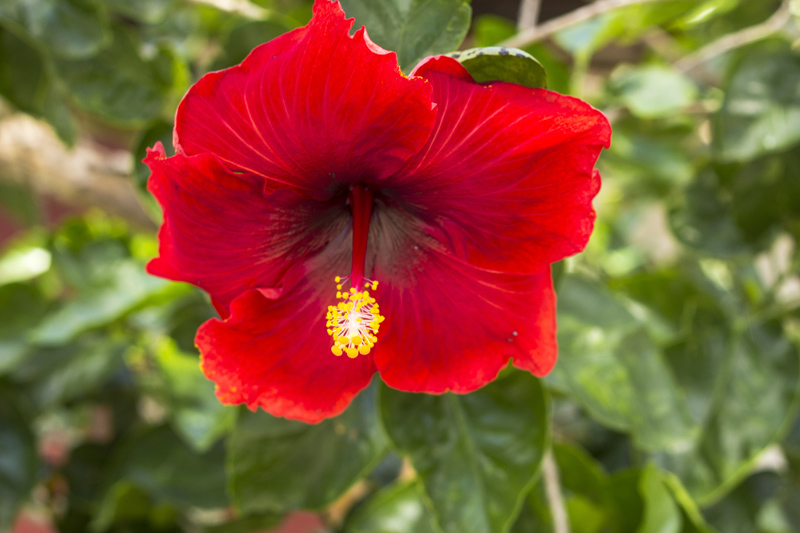
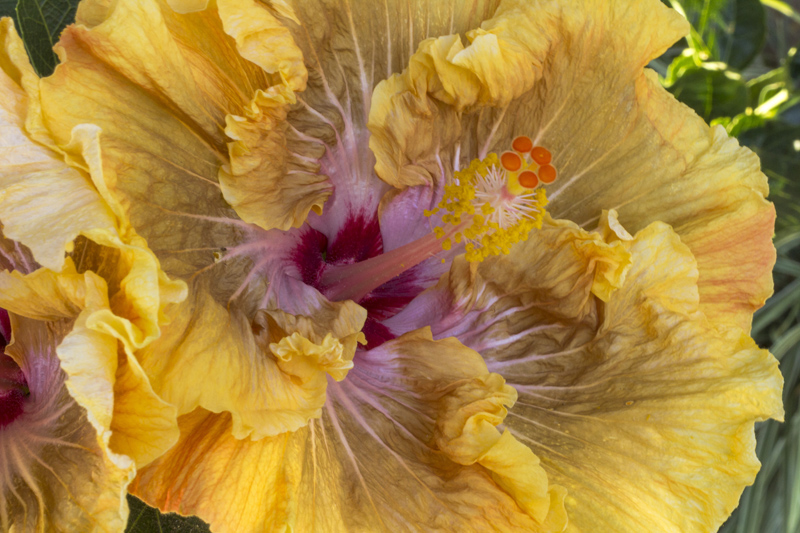
Take a taxi up into the cloud forests and coffee plantations. The misty drizzle that falls here provides an ever-changing pattern of swirling mists and clouds that lend ‘atmosphere’ to your photos. Get up close to the hummingbirds in the Finca Lerida plantation, or stop at the San Ramon waterfall and Caldera River, for some dramatic water shots.
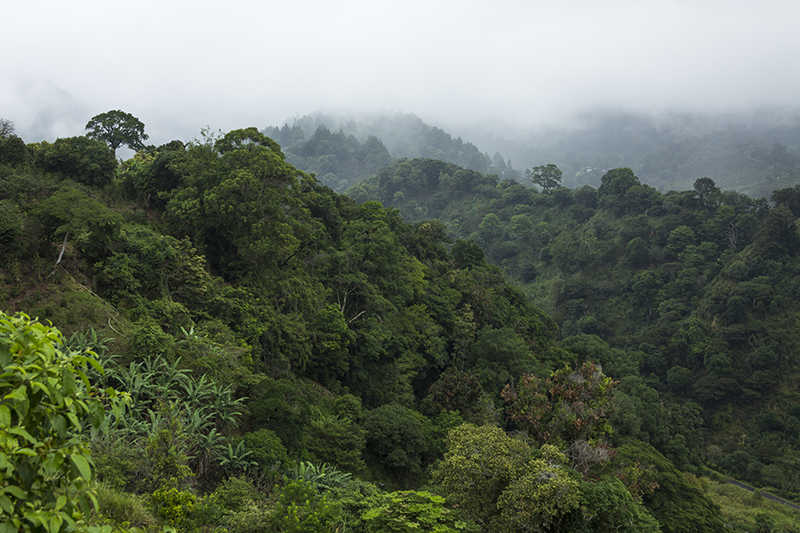
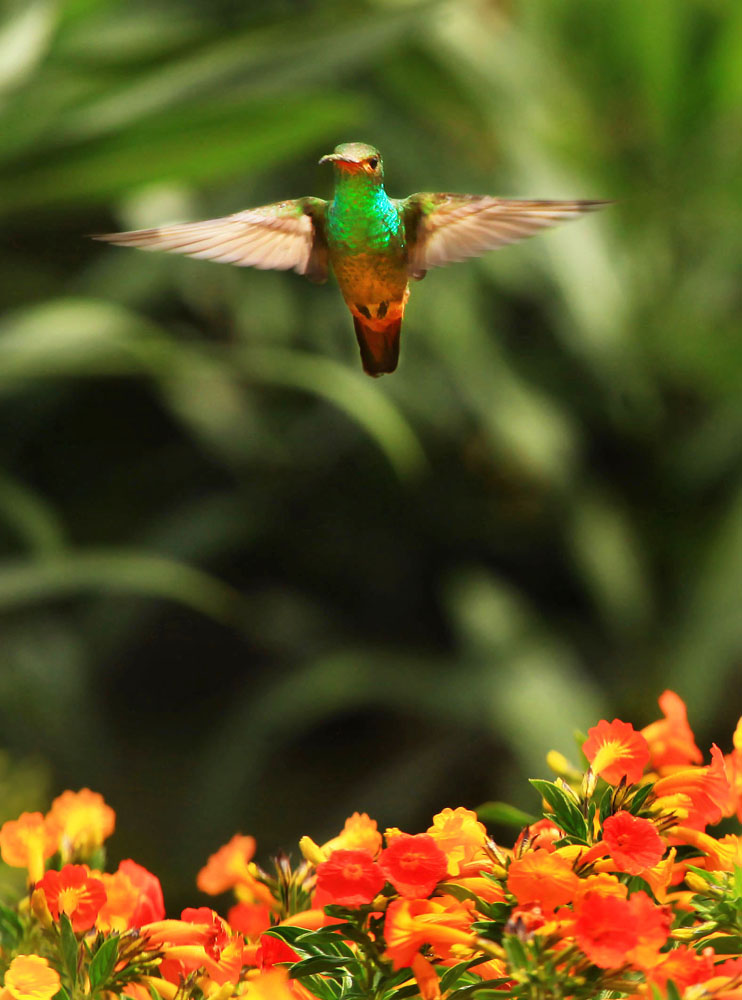
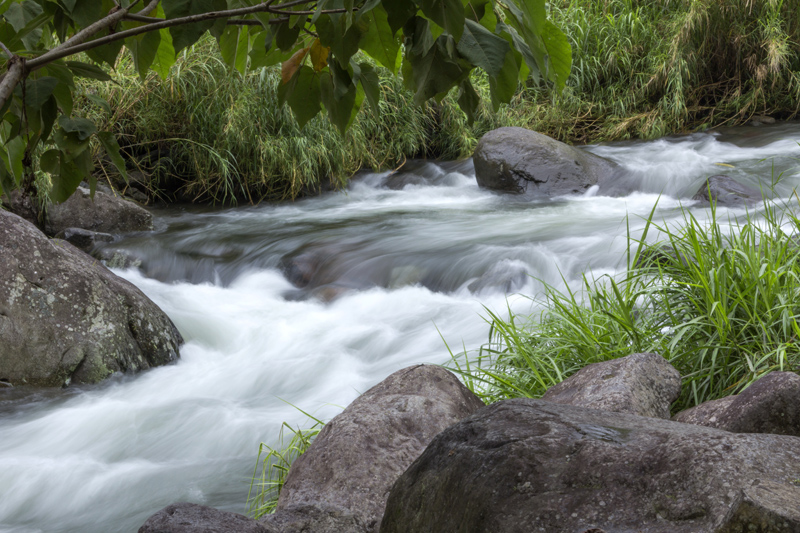
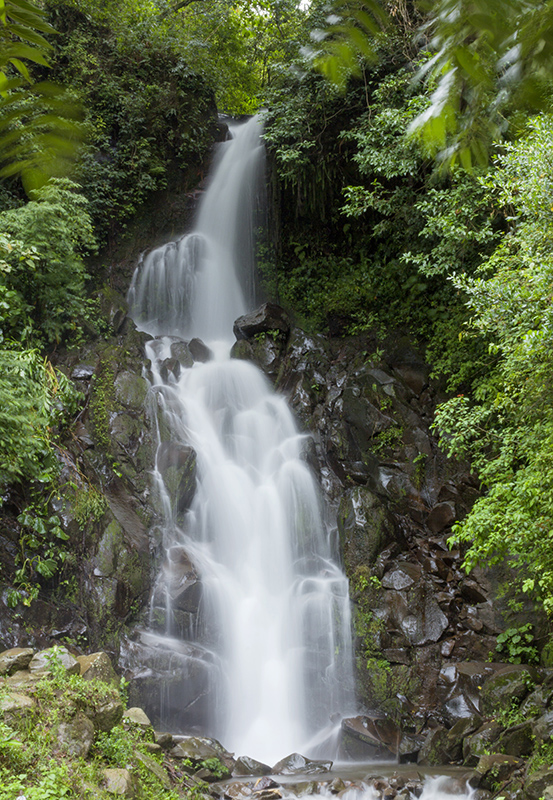
If exotic birds is your interest, arrange a guided tour from a travel agent downtown to the forests where quetzal birds can be found. For the more adventurous, a tour by jeep to the summit of Volcan Baru, to shoot the sunrise with a view of both Caribbean Sea and Pacific oceans, is another alternative.
Boquete is situated in Western Panama, 40kms north of the provincial capital, David. To get there, take a flight from Panama City to David, followed by a 35-40 minute drive along a modern highway to the town. Alternatively, it can be reached by a 7 – 8 hour drive from Panama City along the Pan-American Highway.
Beaches
With coasts on both the Pacific and the Caribbean, Panama has wonderful sandy beaches, which are for the most part deserted and unspoiled. A popular beach resort, not far from Boquete, is Las Lajas, where for $10, you can buy a day pass to the hotel, and use the restaurant, the pool and the sunbeds under the huge palm umbrellas. If you enjoy shooting powerful crashing waves, catching them as they break, head down to the water’s edge and capture them as they froth and foam, dwarfing the surfers who paddle out to challenge them.
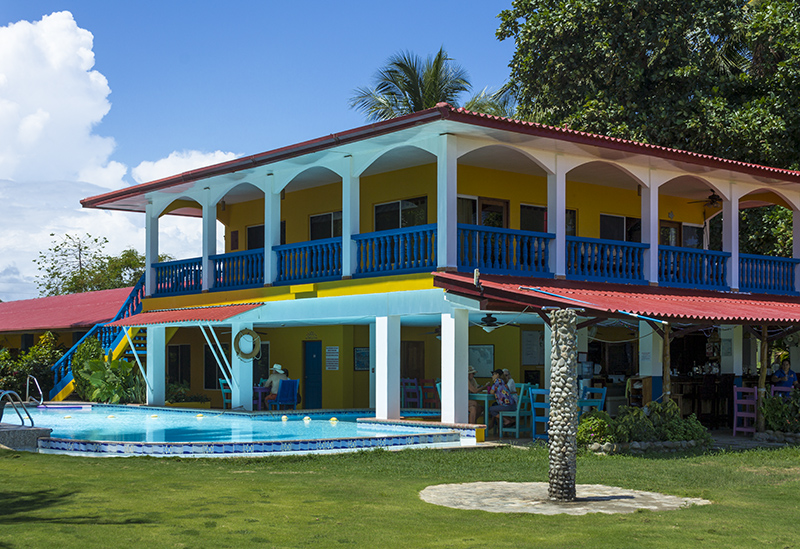
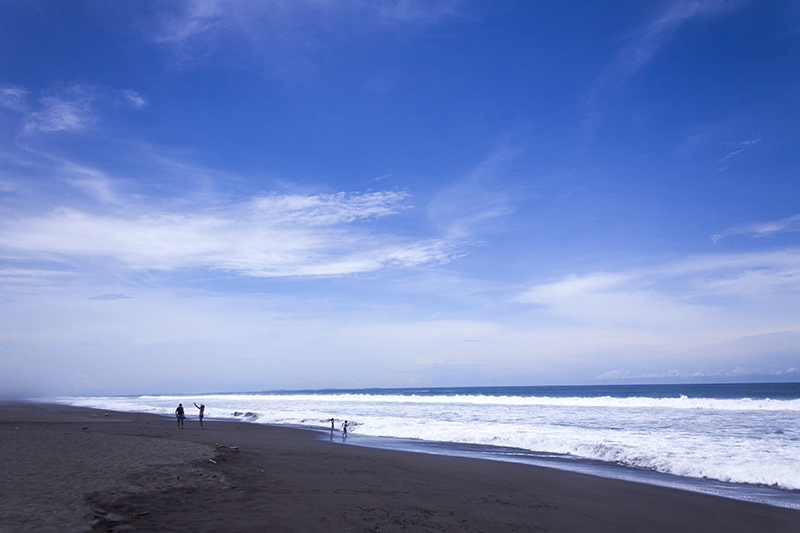
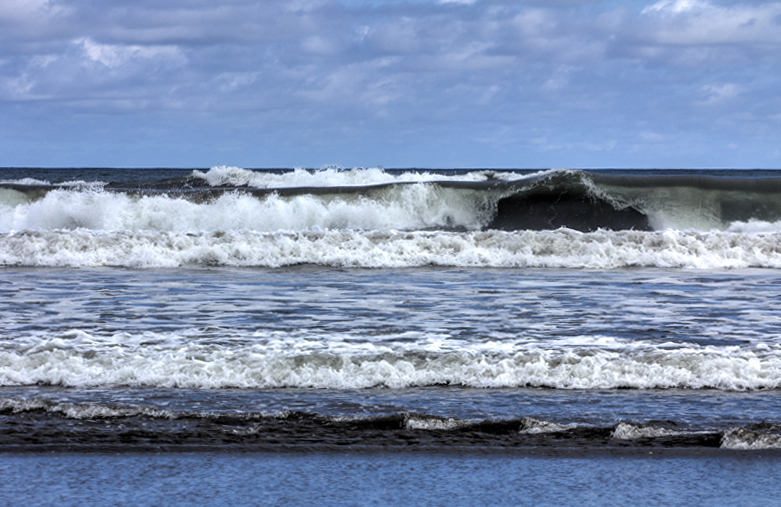
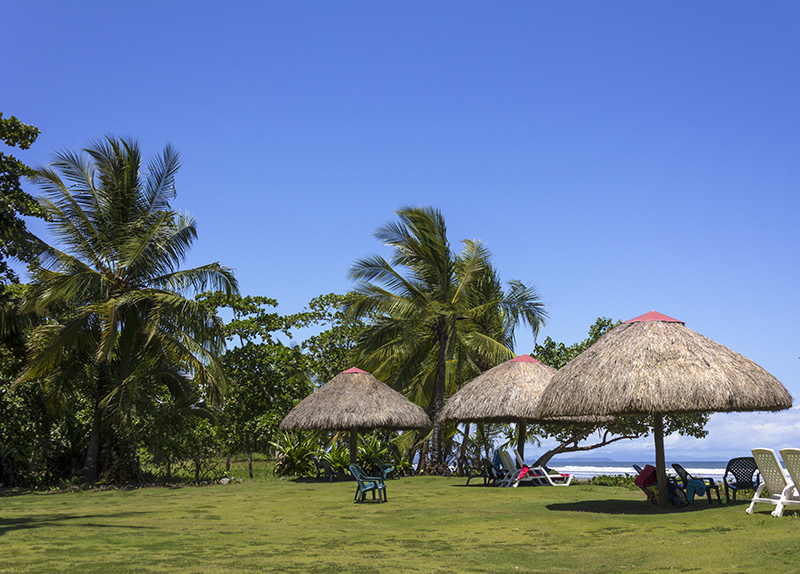
Alternatively, head over the mountains to the Caribbean coast to the laid-back archipelago of Bocas del Toro, where a water taxi will take you out to the island on which Bocas Town is located. Check into a hotel built out over the water, explore the town where reggae music is king and capture the golden light of a spectacular sunrise next morning. Take a water taxi to Red Frog Island, named for its tiny red namesakes and wander through the tropical jungle and nature reserve on this island. If you have underwater camera equipment, Bocas is also a great location for snorkeling and scuba diving among the mangrove roots and corals in the clear turquoise water of Almirante Bay.
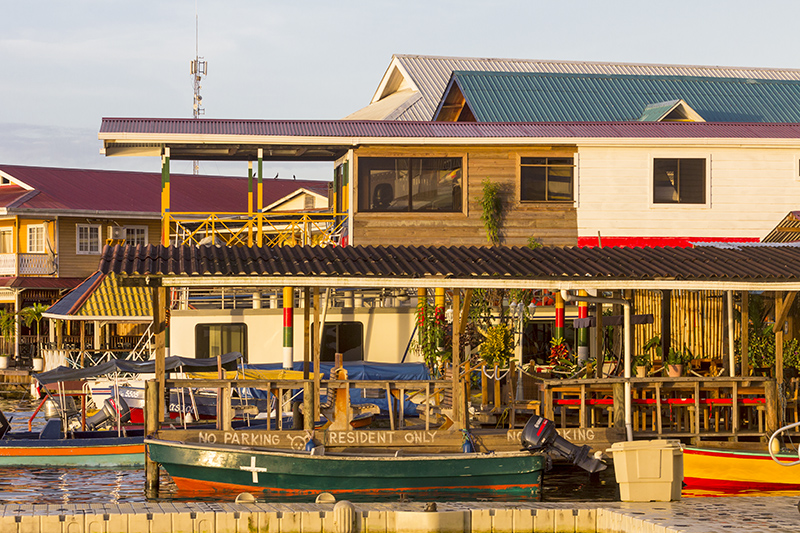
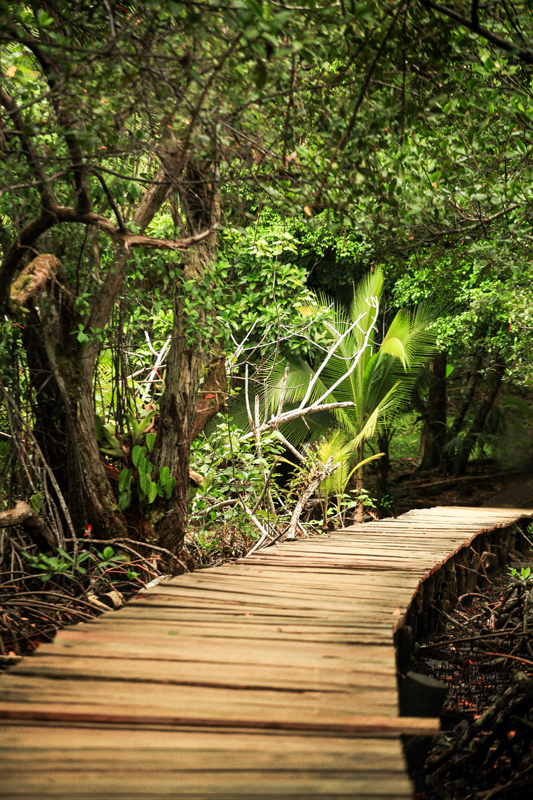
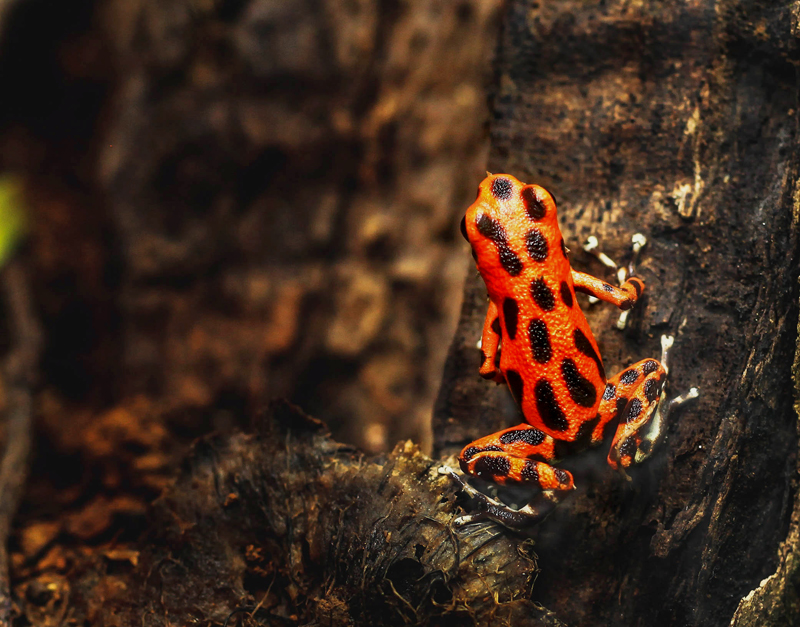

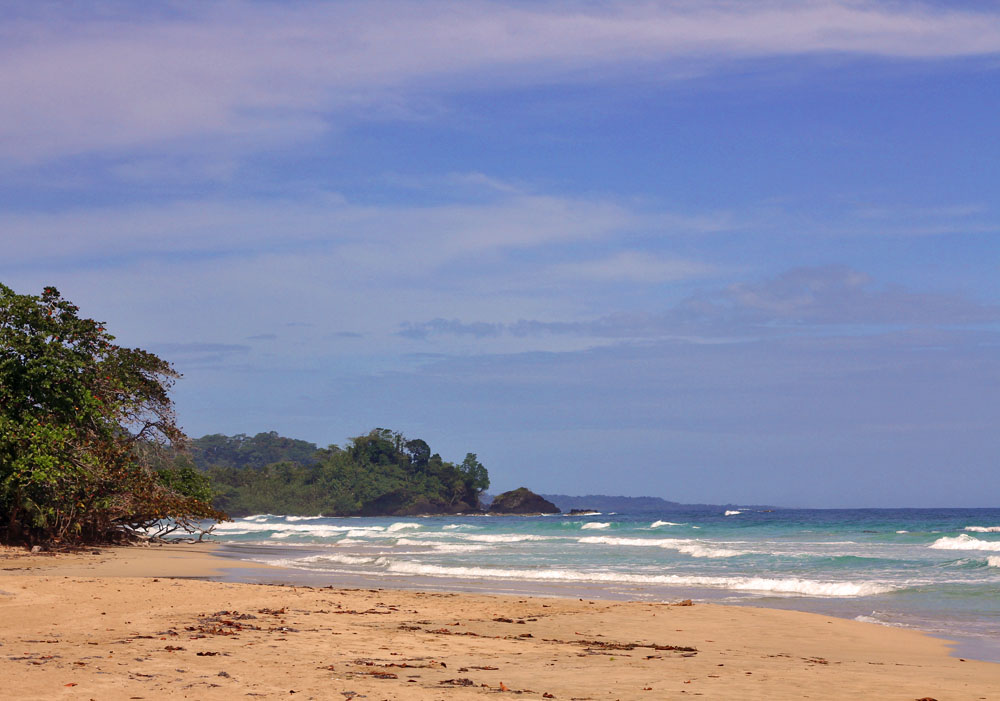
Bocas can be reached by air from Panama City, or by road from Boquete.
As a country, Panama is well worth a visit for its culture, its biodiversity and spectacular scenery. For the traveller with a camera, it’s a treasure to discover.
See more of my photos of Panama here: https://www.flickr.com/photos/77000465@N04/albums/72157699309212761
